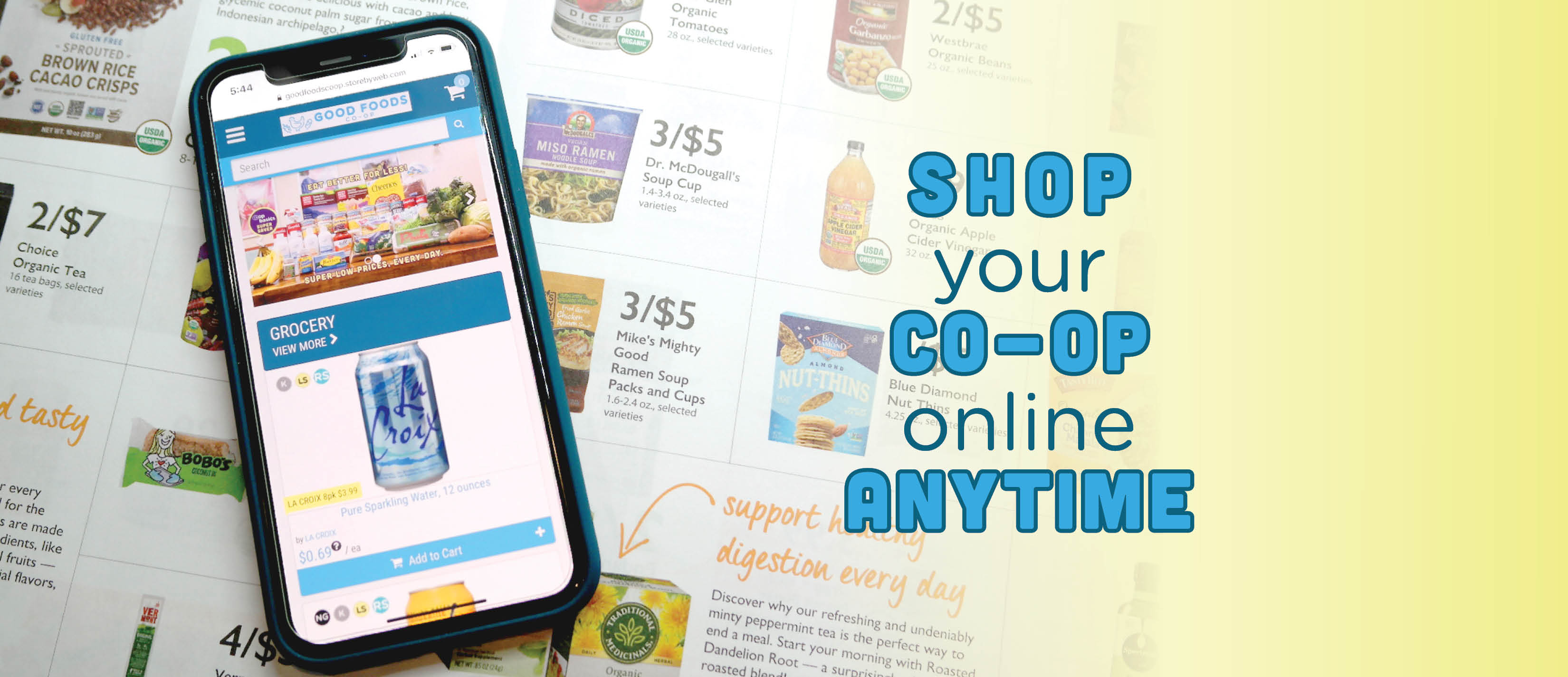
This post was written by our own Kathryn Dickens, Floor Manager and resident Registered Dietitian Nutritionist at Good Foods Co-op.
It’s a very brief overview of what she’ll be discussing in her May 23rd class: Gluten-Free Fundamentals. You can get details and buy tickets here.
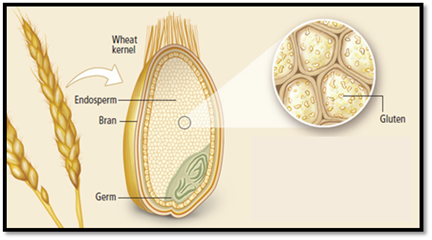 Photo credit: cocoroselle.com
Photo credit: cocoroselle.comWhat is the gluten-free diet?
The gluten-free diet involves avoiding all foods containing the protein gluten, primarily found in wheat, barley, rye, and other grain products.
Why would someone need to follow a gluten-free diet?
A gluten-free diet is prescribed for people with an autoimmune disorder called celiac disease. Those with celiac disease experience severe gastrointestinal symptoms and internal damage to the villi (finger-like projections that aid in nutrient absorption) of the small intestine when gluten is ingested. Because the majority of nutrients are absorbed in this part of the gut, this damage can result in micronutrient deficiencies and even malnutrition.
Just under 1% of the population is diagnosed as having celiac disease (Kohn, 2015), but many other individuals find relief from GI and other inflammatory symptoms by omitting gluten from their diets. Gluten sensitivity is described as an intolerance to gluten that is not accompanied by damage to small intestine villi (Brown, 2013).
How do I follow a gluten-free diet?
Following a gluten-free diet has become easier in recent years with the growing popularity of the diet and the influx of Certified Gluten-Free products to the market. However, there are still several things to be aware of when shopping in order to avoid unknowingly choosing an item that has ingredients that contain gluten. If a product displays a Certified Gluten-Free symbol, it is guaranteed to be safe for consumption.
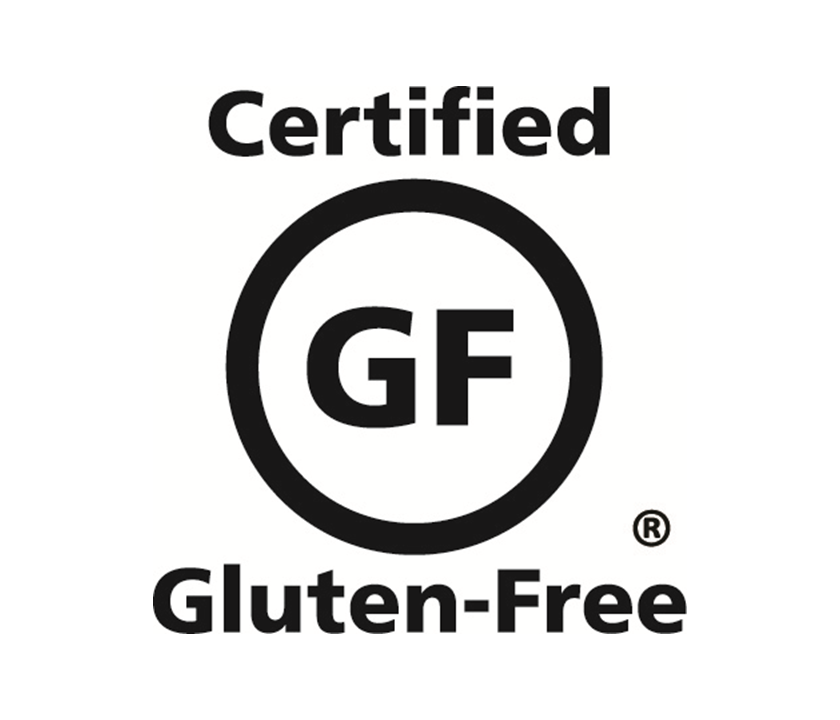
Our Good Food Finder also identifies which products are gluten-free. Look for the symbol on the shelf tags.
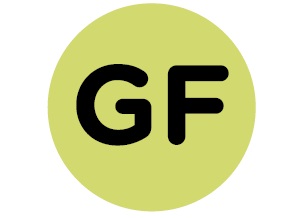
When choosing raw ingredients like flour or grains, it’s important to know which are naturally gluten-free, which contain gluten, and which carry the risk of cross-contamination through processing. In general:
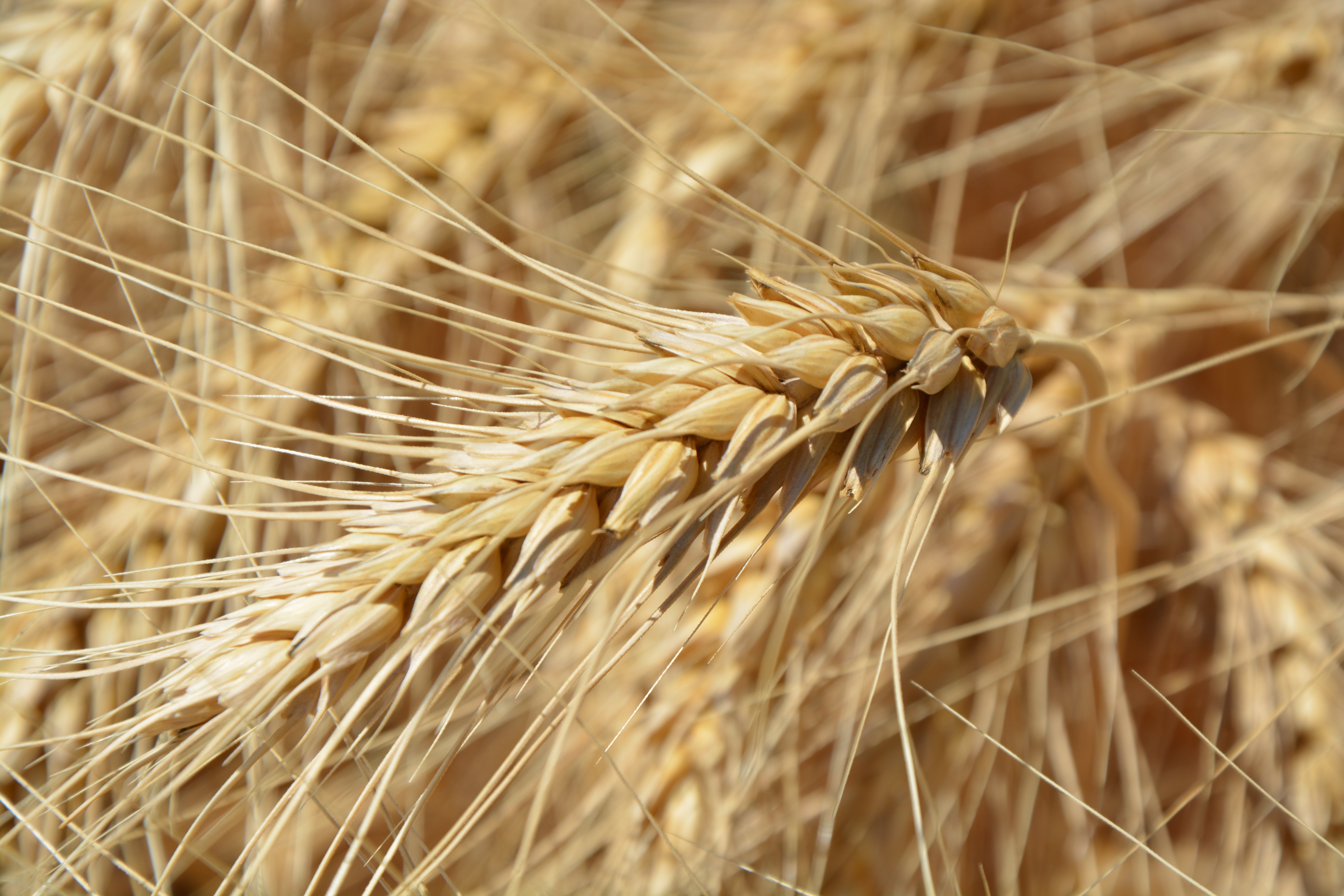
Safe ingredients are amaranth, arrowroot, beans, buckwheat, corn, millet, potato, quinoa, rice, sorghum, soybean, tapioca, teff and gluten-free oats
Questionable ingredients are oats (may be contaminated through processing)
Gluten-containing ingredients are wheat (including bulgur, couscous, durum, farina, graham, kamut, semolina, spelt, triticale, and wheat germ) barley and rye
NOTE: Wheat-free does not always mean gluten-free
Where can I find gluten-free items in the store?
Good Foods Co-op places a priority on accommodating special dietary needs. You can find gluten-free products in every aisle of our store. Notably, gluten-free crackers can be found in aisle 1, cereals in aisle 3, packaged gluten-free flours and grains in aisle 4*, and gluten-free breads in aisles 2 and 5. Our bakery carries a wide selection of wheat-free products, although these are not guaranteed to be gluten-free.
*Avoid shopping bulk for celiac/strict gluten-free diets because of risk of cross-contamination.
Resources:
Gluten-Free Certification Organization – GFCO.org
Celiac Disease Foundation – Celiac.org
Beyond Celiac – Beyondceliac.org
Sources:
Brown, M. (2013, April). Celiac Disease and Gluten Sensitivity – Learn About the Differences Plus Counseling Strategies for Patients. Retrieved March 21, 2018, from http://www.todaysdietitian.com/newarchives/040113p12.shtml
Kohn, J. (2015, May 12). Celiac Disease An Introduction. Retrieved March 21, 2018, from https://www.eatright.org/health/diseases-and-conditions/celiac-disease/celiac-disease-an-introduction
